Painting Over the Past

A year has passed, and room 235 looks significantly different. The variety of colors from many student-painted bricks on the walls are no longer there, with white walls in their place. The room was occupied by Andy Rundquist, an AP Biology and Human Anatomy and Physiology teacher. The decision to paint over the bricks came after he retired when Kristy Butler, a fellow science teacher, moved into the room.
“Ms. Butler was very sensitive to the situation,” Rundquist said. “She’ll be in the room for many years to come and will establish a legacy of her own. My time has come and gone, and now it’s her time to shine.”
Rundquist retired last year after 29 years at FHC. The bricks were a symbol of each student that spent a year teaching him something. The first brick was painted in 1999 by Jeff McKibben and Keith Patterson. McKibben, now 35, is the script coordinator of the TV series “The Walking Dead.” There are copious stories behind the bricks that for 29 years inhabited room 235.
One such brick was the brick of past student C.J. Biggs. Biggs is now in his senior year at the University of Michigan. He recently found out that the bricks had been painted over and felt that they should have been kept up because it gave other teachers and students something to work for.
“My favorite thing about him was probably his smile, accompanied often by a warm chuckle,” Biggs said. “He wore it often because that’s who he was. He had a passion for students that I’ve never quite found elsewhere. That’s what upsets me about painting over the bricks. I don’t care about my brick; the brick was never mine. All the bricks were his – we painted them because he had been such a great teacher. It was really a labor of love for him, a chance to continue to spend time with him after our stint in class with him had ended.”
“They shouldn’t have painted over the bricks,” Biggs said. “They were a visual testament to his legacy, embodying both his excellence in teaching and the passion with which his students responded to that teaching. Even if the room was no longer his, the bricks still could have served as a reminder of what to strive for as both a student and a teacher.”
Butler learned of Rundquist’s retirement last year and knew she would be getting his room. Her room was small and cramped and didn’t have a lab. She originally thought about having the students in her research class paint over the bricks before the end of the year; however, she wavered on actually doing it. Despite her feelings, she painted over them.
“I didn’t think I was going to do it, but I really started to think about it and I would have referred to this as Mr. Rundquist’s room all year,” Butler said. “It wouldn’t have been my room. It was his legacy on the walls and I needed a fresh start. I know that out of everybody he would approve about it the most because he would have wanted it to be my room.”
Rundquist knew one day his bricks would be painted over and was happy that he got the chance to teach at such an extraordinary school. Today only two bricks remain in room 135: Emily D’Amato’s, a sophomore at MIT studying science who was in Butler’s research class, and a brick painted by Rundquist so that his legacy always lives within the walls of FHC.
“I knew the day was coming,” Rundquist said. “It’s just part of the evolution of FHC…new teachers, new ideas, new ways of acknowledging our students. Someday, the building won’t be there – it will be replaced by something else. We understand it will happen, we just don’t know when and how.”

Mackenzie is entering her second year on staff. Last year, she wrote a few features but primarily specialized in layout. She is a part of both the varsity...







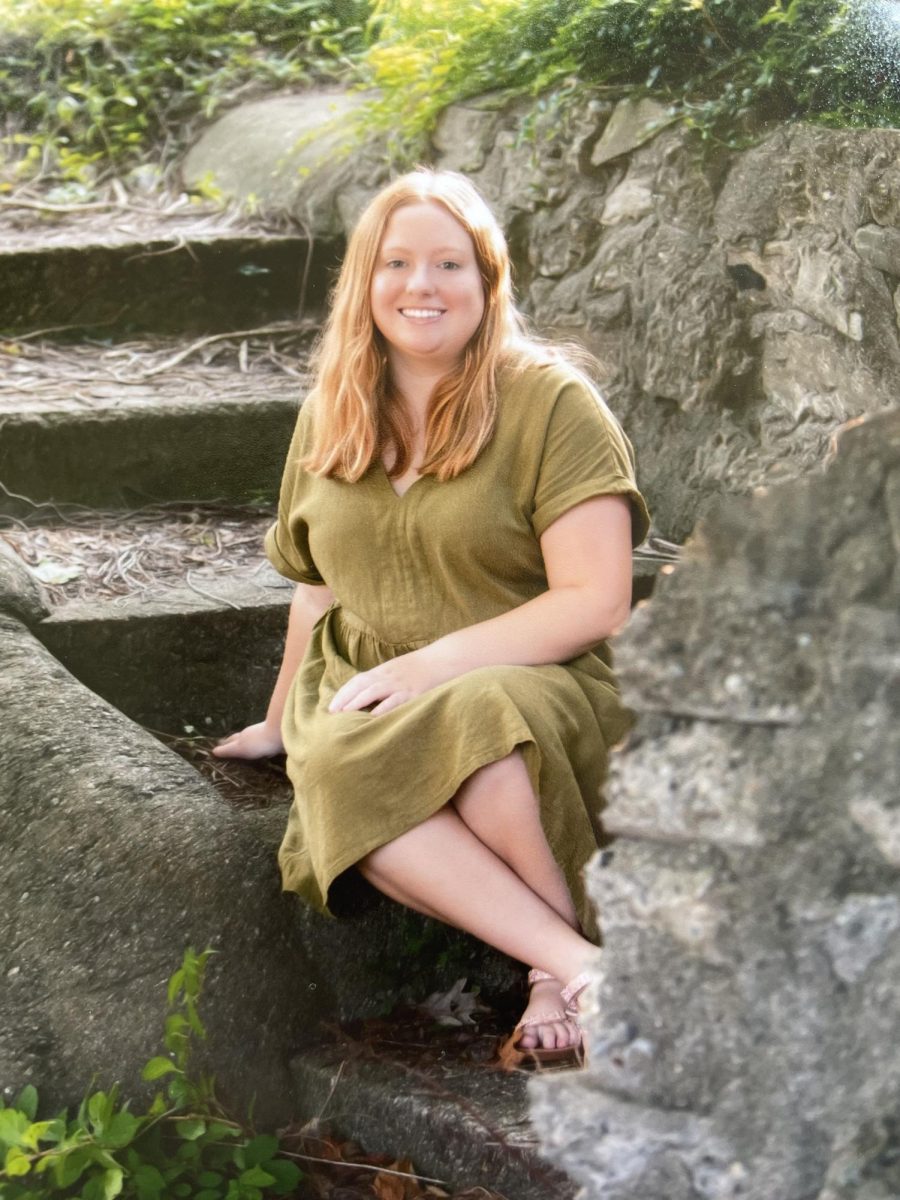













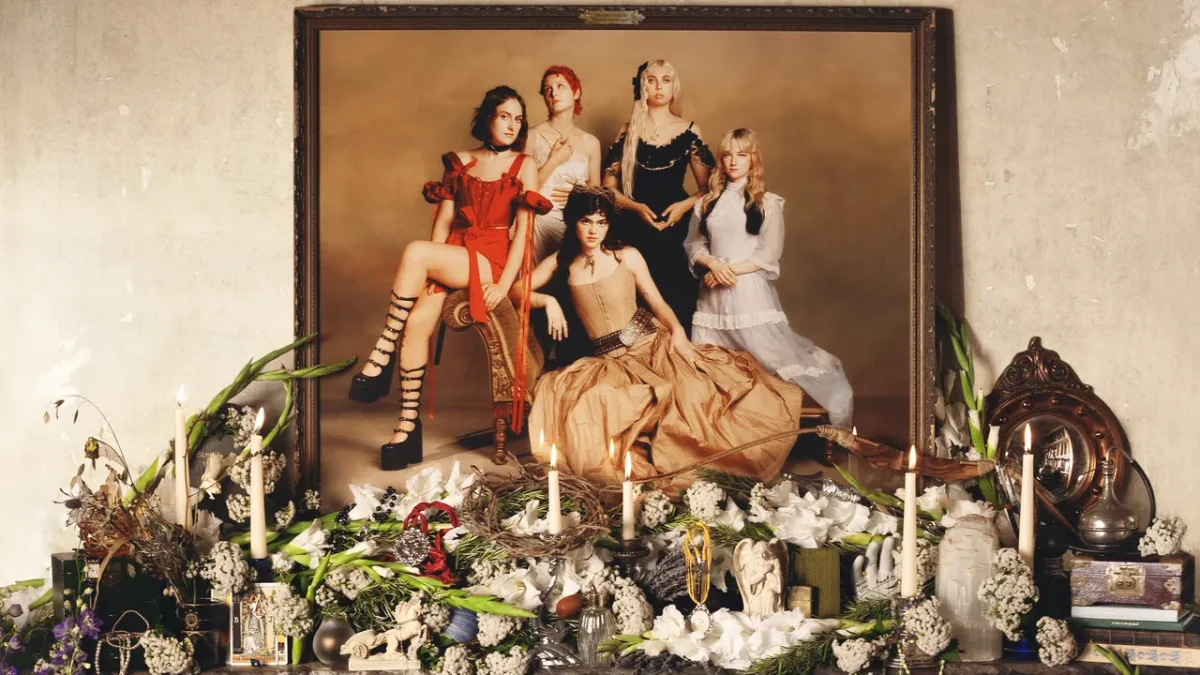



















































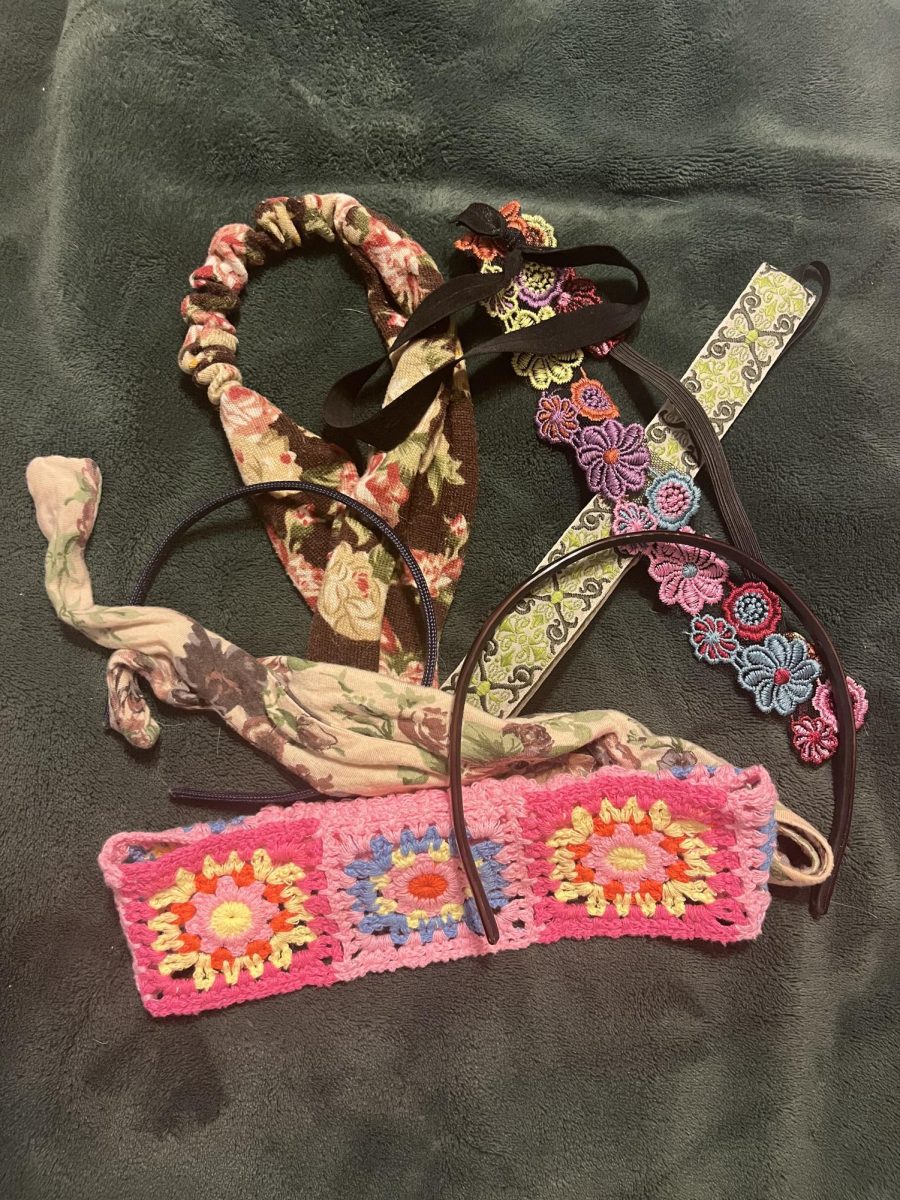












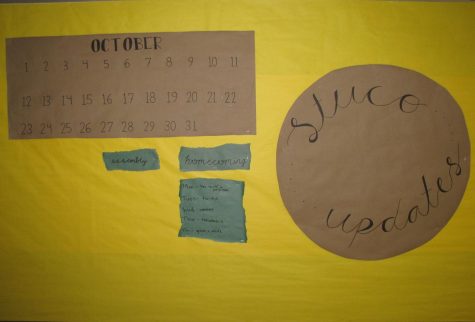
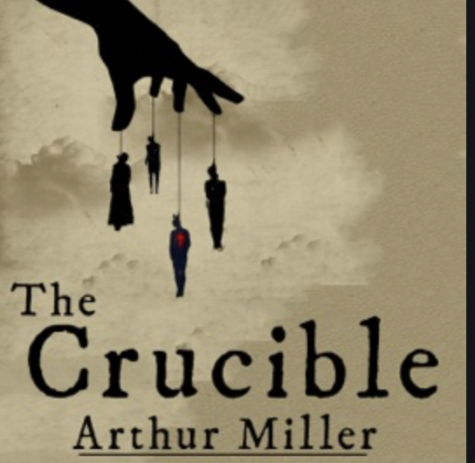

Kathy Nibbelink • Nov 12, 2015 at 2:34 pm
Loved Mr. Runquist…….what a fun person and amazing teacher. I never heard a negative comment about him.
His room, like everything else around us changes……..good life lesson to not take for granted that something will always be there.
Jimmyz • Oct 29, 2015 at 1:43 pm
Andy taught me more about life than he will ever know. I love him
Bill Kennesy • Oct 28, 2015 at 7:31 pm
As someone who had the great privilege to teach at FHC with Mr. Rundquist and now has AP Govt. students paint bricks in my room at FHN, I must say this was a great read. He was a one of a kind teacher whose legacy will live long beyond the covered bricks.